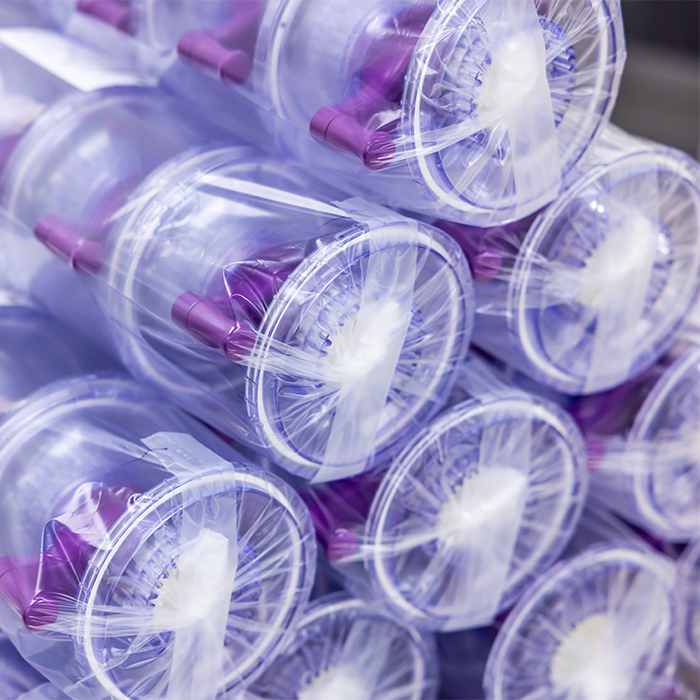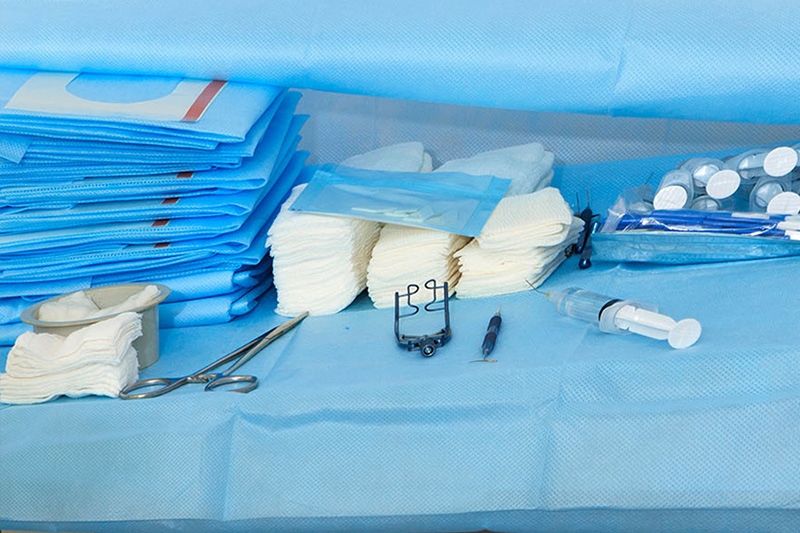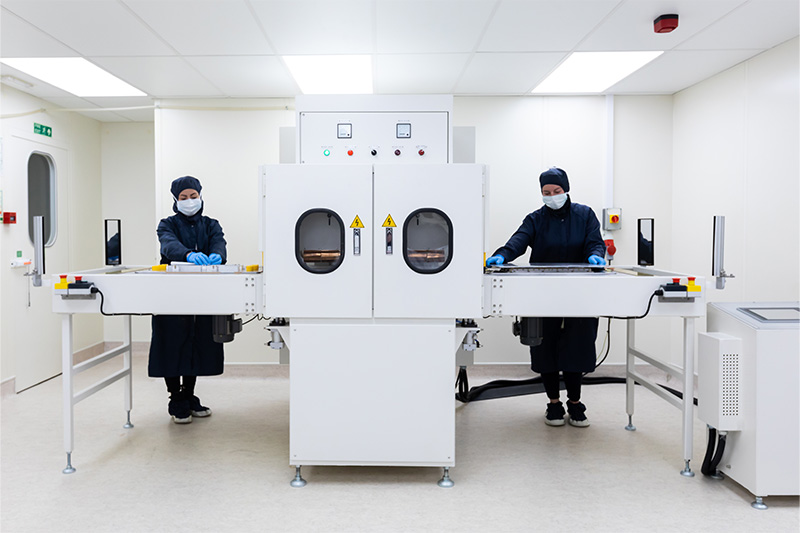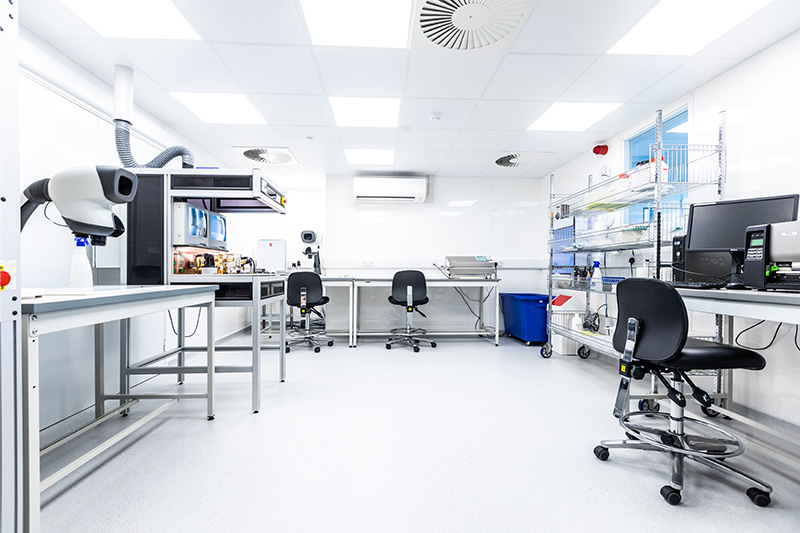Forecasting manufacturing requirements – a Meridian Medical Guide to Medical Device Manufacturing

GUIDE
Medical manufacturing businesses face numerous challenges in today’s ever-changing market, such as global competition, changing customer preferences and supply chain disruptions. To stay competitive, manufacturers need to optimise their operations by lowering costs, reducing scrap and improving efficiency. To make efficiency gains you need reliability in your supply chain and one of the key ways to ensure your manufacturer is able to meet your supply demands is by forecasting your manufacturing requirements.
Forecasting involves predicting future demand for your products based on various factors, such as historical sales data, market trends and seasonal variations. By sharing this information with your contract medical device manufacturer, you can collaborate to plan your production schedule, their component inventory levels and your required delivery schedules. This helps to ensure that you and your supplier have the right amount of inventory at the right time and avoid overstocking or stockouts.
Accurately forecasting sales also helps businesses to determine expected revenue, expenses and profits, all of which are crucial for making strategic decisions.
How to forecast medical device manufacturing requirements
Here are some steps that medical device companies can follow to create a forecast for manufacturing requirements:
- Define your target market: The first step in forecasting medical device sales is to understand possible target markets. You need to identify your potential customers, their preferences and their purchasing behaviour. This information can be gathered through market research, surveys and customer feedback. By understanding your target market, you can estimate the demand for your product or service, and forecast your sales and production requirements accordingly.
- Estimate the size of the market: Once you have defined your target market, you need to estimate the size of that market. This can be done by analysing industry reports, competitor analysis and market research. By estimating the size of the market, you can determine the potential revenue and market share for your medical device or service.
- Determine your pricing strategy: The next step is to determine your pricing strategy. You need to consider factors such as your production costs, the value of your medical device or service and your competitors’ pricing. By setting a competitive price, you can attract customers and generate revenue.
- Forecast your sales volume: Once you have estimated the size of the market and determined your pricing strategy, you can forecast your sales volume. This can be done by using historical sales data, industry trends and customer feedback. You can also consider factors such as seasonality and promotions to adjust your sales forecast.
- Calculate your revenue: Once you have forecast your sales volume, you can calculate your revenue. This can be done by multiplying your sales volume by your selling price. You should also consider any other revenue streams, such as services, maintenance or subscription fees to estimate your total revenue.
- Monitor and adjust: Finally, you need to monitor your sales performance and adjust your forecast accordingly. You should regularly review your sales data, analyse any deviations from your forecast and adjust your sales strategy, if necessary. Your forecast should be a living document that is constantly reviewed and updated.
Forecasting sales is a critical component of any business operation, but in particular for a start-up’s business plan. By following these steps, your company can accurately forecast your sales and plan your cash flow and budget effectively. Defining your target market, estimating the size of the market, determining your pricing strategy, forecasting your sales volume, calculating your revenue, and monitoring and adjusting your sales strategy are all essential steps in forecasting sales and, in turn, forecasting your manufacturing requirements.
The advantages of sharing your forecast with your medical device manufacturer
Once you have some forecasting data, you should share this with your critical suppliers. There are many advantages of sharing demand data early and then, if required, placing annual orders with monthly deliveries. Those advantages include:
- Improved planning and scheduling: By sharing demand data with your suppliers, you can work together to plan your production schedule and delivery dates. This helps to avoid last-minute rush orders or delays in delivery, which can lead to production downtime, missed deadlines and dissatisfied customers.
- Better cost control: By placing annual orders with your suppliers, you can negotiate better prices and volume discounts. This can help you to reduce your manufacturing costs and increase your profit margins. Additionally, by spreading out your deliveries over the year, you can manage your inventory levels more effectively and avoid tying up too much cash in excess stock.
- Enhanced flexibility: Sharing demand data with your suppliers can also help to improve your flexibility in responding to changing market conditions or customer demand. For example, if you see an increase in demand for a particular product, you can work with your supplier to increase production or adjust delivery schedules to meet it.
- Stronger relationships: By collaborating with your suppliers on forecasting and production planning, you can build stronger relationships based on trust and mutual benefit. This can lead to improved communication, faster problem resolution and better responsiveness to your changing needs.
Conclusion
Forecasting your manufacturing requirements with your medical device manufacturing suppliers is essential for optimising both your own operations and your suppliers’, as well as reducing costs and improving customer satisfaction. By sharing demand data early and placing annual orders with monthly deliveries, you can improve planning and scheduling, have better control of your costs, enhance flexibility and build stronger relationships with your suppliers. By investing time and effort in building a collaborative relationship with your suppliers you will reap the benefits of improved forecasting and planning.
To find out more about how Meridian Medical can help you with your medical product design and manufacture, get in touch today by filling out our online form or contacting us on 01903 732344 or info@meridian-medical.com.
Case study: Supporting in-house production
How Meridian Medical works as an extension of in-house manufacturing operations to extend a customer’s production capacity.
News: Medical device manufacturing and business news
Read insights and articles on issues affecting the manufacture of medical devices, covering an array of topics.



